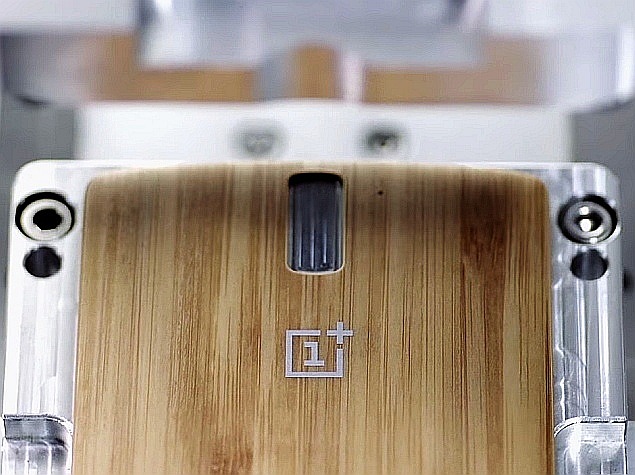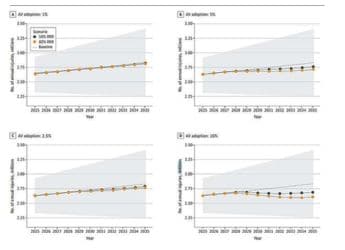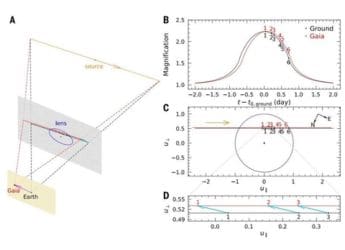- Home
- Mobiles
- Mobiles News
- OnePlus One's Reported Manufacturing Defect Investigated by Company
OnePlus One's Reported Manufacturing Defect Investigated by Company

Shortly after a OnePlus forum member posted analysis about the probable reason for the One smartphone's much-reported touchscreen issue, forum administrator Cat H replied on Monday, countering the user's theory and stating the company's views on the particular issue.
To recall, member Vantt1 over the weekend claimed after investigation that the touchscreen issue on the OnePlus One occurred because the flexible digitiser connector of replacement touchscreens was fitted in such a way that it came in contact with the inner surface of the handset's metallic body - causing problems due to a grounding fault. The problem was reportedly solved by adding insulating material.
OnePlus says it set out to alleviate Vantt1's raised concern, which it specified as "if the digitiser flex makes direct contact with the metallic chassis, a ground fault occurs leading to touchscreen abnormalities."
Countering the concern, Cat H said that the OnePlus engineers recreated the 'faulty' placement of the flexible digitiser connector, and found the OnePlus One screen to still register all 10 touches successfully even when the digitiser connector was in contact with the metallic body. The forum admin warned users not to perform the disassembling process by themselves, as it will void the handset warranty.
The company claimed its engineers recreated Vantt1's placement of the digitiser connector on both old models and new OnePlus One models with the latest Synaptics firmware by placing a highly conductive metal in contact with the connector, which it said should have cause a ground fault as claimed by the user. However, the OnePlus claims the touchscreen still performed without any glitches.
The post added that the digitiser being exposed to the metallic body "shouldn't be an issue as preventative measures were engineered into the design of the OnePlus One." As per the explanation given by the admin, the metal casing in the One handset is covered with a piece of plastic, which keeps a uniform spacing between the metallic body and the digitiser. The company also claimed there is an insulation PI around the flexible printed circuit (FPC) and a sealant at the bottom of the bonding. "So, even if the digitizer flex makes direct contact with the metallic chassis, no undesirable touchscreen effects should occur," said Cat H.
The forum administrator further mentioned that since the handset ran perfectly in the aforementioned conditions, it is not a hardware or manufacturing issue but more related to handset's software side. "We believe that the user who managed to solve [Vantt1's] issues by adding insulation to the area represents a very small minority of affected users, as we weren't able to re-create the problem in a lab environment. That said, we are still taking this issue very seriously, and we are currently running further tests involving static electricity."
OnePlus has not yet clarified how or by when it will solve the touchscreen issue of the remaining One users, but said that it is running several internal tests to resolve the problem.
OnePlus announced an OTA update in October dubbed CM 11S 38R for the One smartphone, which reportedly fixed problems including unresponsive touchscreens and more. In August, OnePlus had also pushed out the CM 11S 33R update for poor touch responsiveness, but it only partly fixed the issue.
Catch the latest from the Consumer Electronics Show on Gadgets 360, at our CES 2026 hub.
Related Stories
- Samsung Galaxy Unpacked 2025
- ChatGPT
- Redmi Note 14 Pro+
- iPhone 16
- Apple Vision Pro
- Oneplus 12
- OnePlus Nord CE 3 Lite 5G
- iPhone 13
- Xiaomi 14 Pro
- Oppo Find N3
- Tecno Spark Go (2023)
- Realme V30
- Best Phones Under 25000
- Samsung Galaxy S24 Series
- Cryptocurrency
- iQoo 12
- Samsung Galaxy S24 Ultra
- Giottus
- Samsung Galaxy Z Flip 5
- Apple 'Scary Fast'
- Housefull 5
- GoPro Hero 12 Black Review
- Invincible Season 2
- JioGlass
- HD Ready TV
- Laptop Under 50000
- Smartwatch Under 10000
- Latest Mobile Phones
- Compare Phones
- Vivo Y50e 5G
- Vivo Y50s 5G
- Realme 16 Pro+ 5G
- Realme 16 Pro 5G
- TCL Nxtpaper 70 Pro
- OPPO A6 Pro 5G
- Honor Power 2
- OPPO A6s
- Zephyrus Duo 16 (2026)
- Asus ROG Zephyrus G16 (2026)
- Realme Pad 3
- OPPO Pad Air 5
- Xiaomi Watch 5
- Huawei Watch 10th Anniversary Edition
- Acerpure Nitro Z Series 100-inch QLED TV
- Samsung 43 Inch LED Ultra HD (4K) Smart TV (UA43UE81AFULXL)
- Asus ROG Ally
- Nintendo Switch Lite
- Haier 1.6 Ton 5 Star Inverter Split AC (HSU19G-MZAID5BN-INV)
- Haier 1.6 Ton 5 Star Inverter Split AC (HSU19G-MZAIM5BN-INV)


















